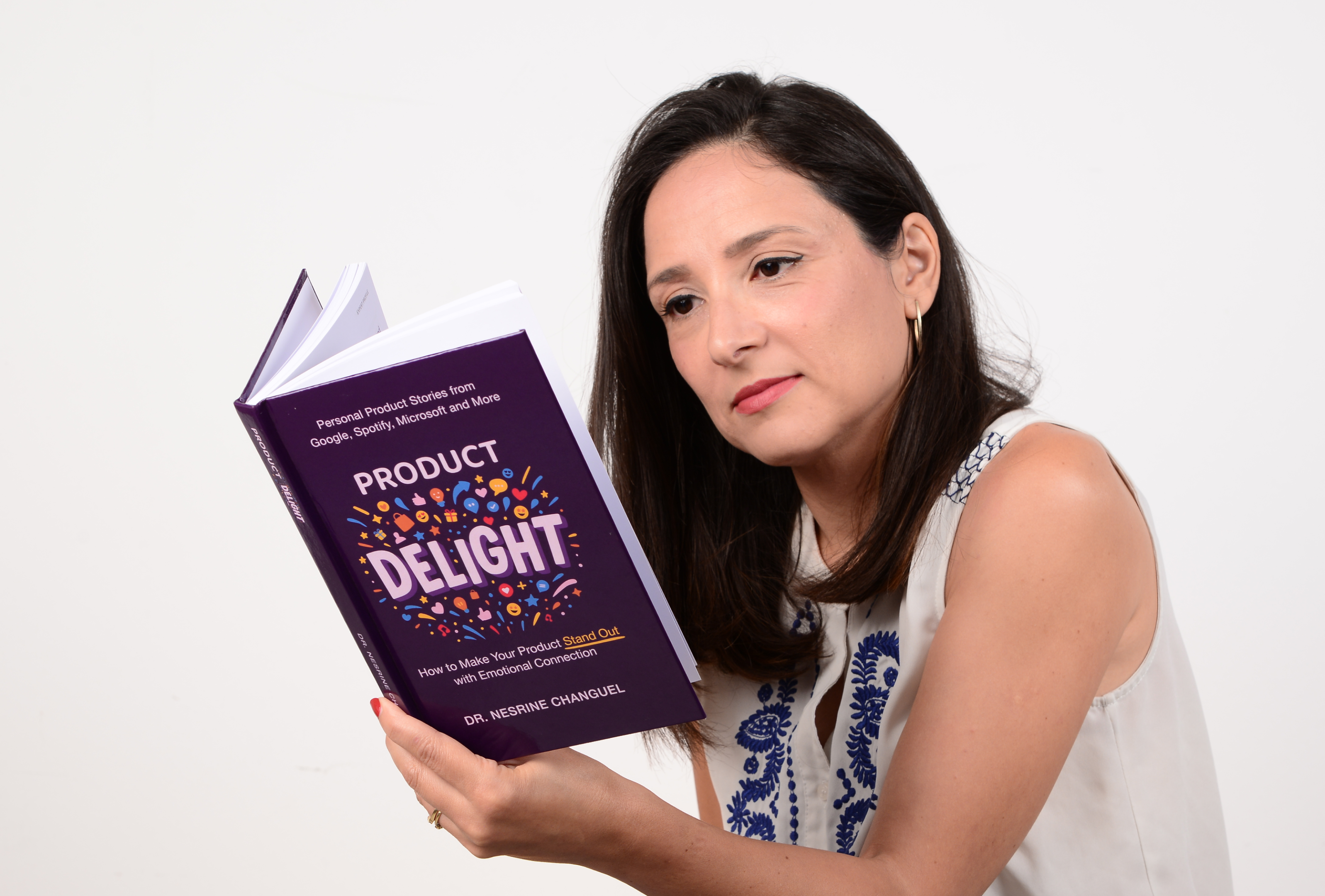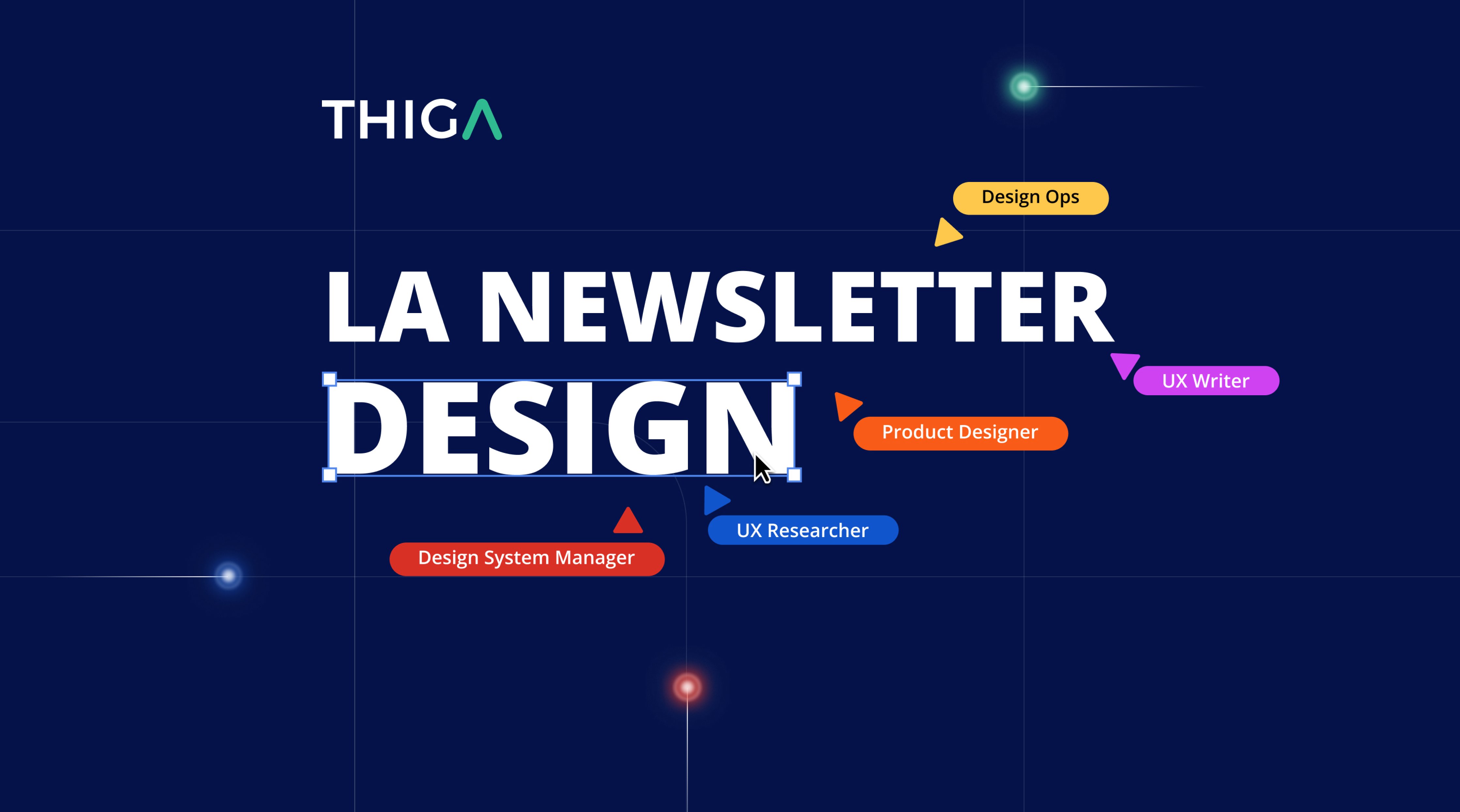Once reserved for specialists, user research has now become a more common practice across Product teams. But to assume that the role of the UX Researcher (UXR) is now obsolete would be a mistake. Without one, user research is unlikely to generate the business impact it’s meant to deliver. In this article, Ovia Chen, UXR at Thiga, explains why the role remains indispensable—particularly from a strategic standpoint.
Let’s put it this way: if you had a toothache, would you book an appointment with your general practitioner—or go straight to the dentist?
So why do without a UX Researcher when you need to truly understand your users?
Don’t get me wrong—yes, the democratisation of user research is a positive shift. It was about time research stopped being a privilege reserved for one person or one team, and became part of an organisation’s broader product culture. But that doesn’t mean having a UX Researcher on your team has become redundant. Quite the opposite: it’s in this context that their impact is most powerful—structuring research, prioritising efforts, and aligning initiatives with strategic business goals.
UXR vs. generalist roles: distinct but complementary objectives
Unlike UX Researchers, Product teams typically conduct research reactively, in response to stakeholder requests. Profiles like Product Managers, Product Designers, or Product Owners usually operate within a narrower scope—focusing on specific features or tactical decisions. Their work is essential to understanding user needs and behaviours at a granular level.
UX Researchers, on the other hand, take a strategic approach. They proactively drive research with a holistic view of the product and user journey—what we refer to as generative research. Their work often results in key deliverables like customer journey maps or experience maps, while anticipating user needs far ahead of the roadmap.
So yes—research conducted by Product teams plays an important role in informing specific decisions. But only a UX Researcher, with their ability to step outside the immediate product cycle, can take the wider view—focusing on upstream research and shaping a coherent, long-term vision of the user experience.
UXRs do more than deliver insights. Their expertise spans several critical dimensions, including:
-
UX Research strategy: This is about defining a research approach that’s aligned with both business and product objectives. For example, while working with a leading hotel group, my team and I developed a CX map focused on the “family” segment. This became a strategic alignment tool, enabling teams to share and leverage user insights across the board—and ensuring efforts were focused on key journeys and needs. The result? The executive committee was convinced. We secured their buy-in, and today, over 50 designers still rely on that CX map in their daily work.
-
ResearchOps: ResearchOps is the art of managing and scaling research practices. It maximises impact and facilitates collaboration—not just within the UXR team, but across the entire organisation. It ensures that user-centricity is embedded in the product culture.
The 6 pillars of ResearchOps
-
Participants: Recruitment and management of participants → Build and maintain a qualified, segmented tester panel that can be activated quickly, ensuring diversity and relevance.
-
Tools: Selection and management of research tools → Establish a cohesive, interoperable research stack that meets organisational needs.
-
Skills: Developing and sharing research capabilities → Create a consistent framework for training and support, so that non-UXRs can run quality research and generate actionable insights.
-
Knowledge: Centralising and sharing insights → Deploy a searchable, tagged UX insights database. Standardise insight delivery with clear formats (e.g. Research Reports, UX Snapshots, Interactive Dashboards) to maximise reuse.
-
Governance: Establishing research standards and governance → Set up a clear validation process for UX studies, defining roles and preventing duplication or poorly executed research.
-
Advocacy: Promoting the value of research → Secure stakeholder buy-in by showing how UX insights influence strategic decisions and business KPIs.
This holistic approach is essential to maximising the impact of user research—and ensuring alignment between Product, Business, and Customer Experience.
Still within the same hotel group, I led a Discovery/Research Maturity Assessment as part of a broader ResearchOps initiative. The project involved 21 stakeholders: Product Managers, Business Owners, Product Owners, UX Designers, UX Writers, and Data Analysts.
What came out of it? An actionable deliverable that elevated our team’s impact. We helped 20 designers strengthen their research capabilities, implemented a new UXR prioritisation framework, developed a tester panel, and created dedicated tools for note-taking, analysis, and insight delivery.
The risks of operating without a UX Researcher
Still not convinced? Here’s what tends to happen when research is conducted solely by non-specialists:
-
A fragmented user journey: Without a UX Researcher to connect the dots, research is done in silos. Insights remain isolated, resulting in friction across the experience and misalignment between business goals, product decisions, and user needs. The outcome? An inconsistent UX.
-
Difficulty gaining strategic visibility: Without someone to structure, synthesise, and elevate findings, insights often remain at the operational level. Decision-makers struggle to see their value. As a result, user needs are underrepresented in strategic choices—and high-impact UX initiatives struggle to gain support.
-
No ResearchOps foundation: Without the six pillars of ResearchOps, embedding a user-centric approach across the organisation becomes a daunting challenge.
Let’s return to our analogy. A general practitioner is useful—they can help with many health concerns. But when you have a toothache, you want a dentist. Similarly, while generalist roles can absolutely contribute to user research, a UX Researcher brings the structure, strategic alignment, and long-term value you need. Collaborating with a UXR helps you zoom out, make better decisions, and ultimately, have a greater impact on both your users and your business.
You want all of the best Design templates? Download our free Product Design Toolkit!


-2.png)
%20(2).png)
